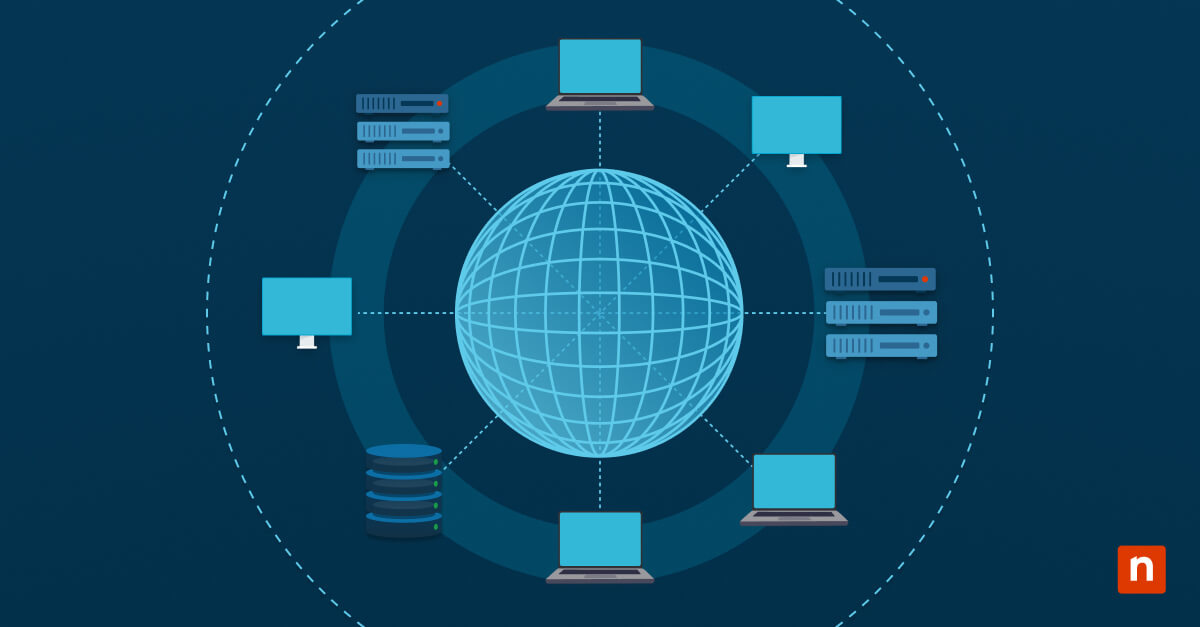In doing your due diligence, you may be researching the cost of virtualization and whether it can truly save you money in the long run. This article will discuss several factors that you need to consider when you are weighing the costs associated with virtualization.
Understanding virtualization
Virtualization is a powerful tool that lets you become more agile and flexible in your business operations – a highly important (and necessary) characteristic of any successful IT organization. Stated simply, virtualization allows you to create multiple simulated environments (known as virtual machines or VMs) from a physical hardware system. It does this through a special kind of software called a hypervisor, which can create any number of VMs within a server environment. Think about it this way: Each VM works like a separate computer, with its own applications and operating system, while still sharing the resources of other VMs on a single physical computer.
It is worth noting that while larger enterprises more commonly use virtualization, small-to-medium-sized companies may also benefit from it.
For IT teams, the benefits of such a tool are extraordinary. Not only can you streamline operations and maximize hardware utilization, but you can also significantly reduce your business’ costs overall.
Server virtualization
There are several types of virtualization, but for the purpose of this guide, we’ll focus on the most common one, which is server virtualization. As its name suggests, server virtualization allows you to host multiple virtual servers on one physical server. With server virtualization, your MSP could potentially run your customer relationship management (CRM) system and professional service automation (PSA) on separate virtual servers that are still within one physical server. This means that you would only need to pay for one piece of hardware while enjoying the benefits of several VMs.
On hypervisors
Within server virtualization, your virtual machines are processed by a hypervisor, which essentially adds a layer that separates the hardware components from the virtual machines and the operating systems they run on. There are two types of hypervisors:
- Type 1 hypervisor: runs on bare-metal
- Type 2 hypervisor: runs on top of an operating system
Two common and popular hypervisors are Hyper-V and VMware, which are a type 1 hypervisor and hybrid hypervisor, respectively.
It is important that you understand these basic features first because they will have a direct influence on cost.
3 direct costs of virtualization
Virtualization consolidates your servers into one physical machine to improve scalability, enable faster deployment, hasten disaster recovery, and reduce downtime. Done correctly, virtualization allows you to use fewer computers, which also adds to its cost-effectiveness. That being said, there are some factors to consider:
- Hardware expenses. You still need to have physical servers to handle all your intended virtual machines. It’s good practice to evaluate how many pieces of hardware you would need to fit your business requirements. It is also good to note that not all servers should be considered for virtualization. Servers that regularly handle highly sensitive and personal data may not be the best candidates for virtualization.
- Software licensing fees. Consider the licensing fees of any associated software, including your hypervisors, as well. While virtualization can significantly simplify certain IT management tasks, your software still needs to be customized to your specific needs. Speak with your software vendor about any customization costs that may occur as you scale your business. Further, keep in mind that installing some applications on several machines may lead to increased costs.
- Implementation and deployment costs. Keep in mind that all your hardware and software still need to be implemented and deployed on a virtual machine. The initial cost of setting up your network’s asseta for virtualization may be steep, but the return on investment may justify the price.
3 indirect costs of virtualization
- Training and personnel costs. Though managing a virtual server is generally easier than a physical server, it is important that you consider the skills and experience of your IT team when it comes to virtualization. Do they need training? Do they need extra support? How can you help make the transition much faster and with better comprehension?
- Maintenance, support, and upgrades. Some applications may not be compatible with virtualizations, including some security apps. It’s a good idea to maintain a good relationship with your software provider so that you can contact them whenever you need assistance. This includes understanding any needed maintenance or upgrades.
- Energy consumption. Take a look at how much energy each physical server will use, and at what time. Keep in mind that some applications may be used primarily during business hours, while others may work during off hours. Further, certain physical servers may be at a higher risk of overheating, depending on the virtualization workload it is currently processing.
Other factors to consider
- Take an inventory and regularly audit performance. As your business grows, you may lose track of servers and which hardware hosts which virtual machine. The best way to reduce this risk is to take an inventory of all the servers in your organization and regularly audit them based on their computing resources and associated application workloads.
- Examine memory. To manage your virtualization costs, you should regularly examine data memory and storage, including any shared storage. Depending on your organization’s virtualization strategy, you may be paying more for space you no longer need.
- Consider a monitoring tool. A great virtual machine monitoring and management tool can help you gain complete visibility into your Hyper-V and VMware host servers and virtual machines. Ideally, this software should allow you to monitor all endpoints, both physical and virtual, from a single pane of glass.
Calculating your return on investment
Though the initial implementation and deployment of virtualized machines may be complex or expensive, virtualization often leads to reduced IT costs. It must also be noted that while virtualization is indeed very powerful and useful, it’s important not to overload a physical server with too many virtual machines. Finding the right balance and the proper allocation of resources with consistent monitoring can also help reduce costs.
How to choose the right virtualization solution
As with any technology, virtualization is not a one-size-fits-all solution. When choosing the right virtualization tool for your organization, it’s best to work with your IT team and assess what you want the tool to do, what you want to achieve, and your specific efficiency goals.
It’s also wise to conduct a vendor risk assessment and do your market research. Compare different virtualization vendors and platforms and see which ones are best suited for your business.
A powerful toolkit for your business
One of the best ways to reduce your cost of virtualization is to use a virtual machine monitoring and management system. This tool allows you to easily monitor and manage your virtual machines in a single, actionable dashboard.
NinjaOne’s virtual machine monitoring and management solution enables you to immediately gain complete visibility and control over all your Hyper-V and VMware host servers while providing key metrics, health and performance data, comprehensive reports, and notifications and alerts. You can schedule a free trial or watch a demo here.








